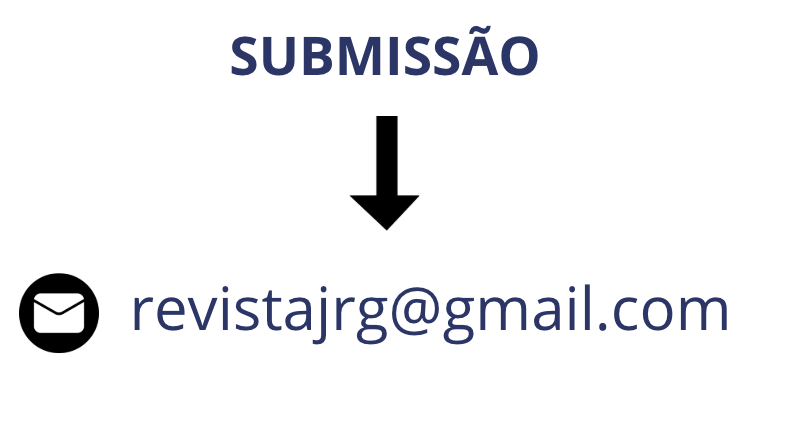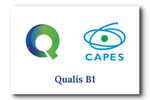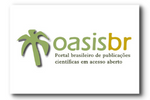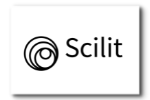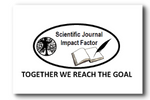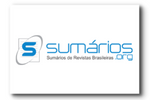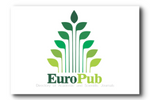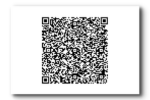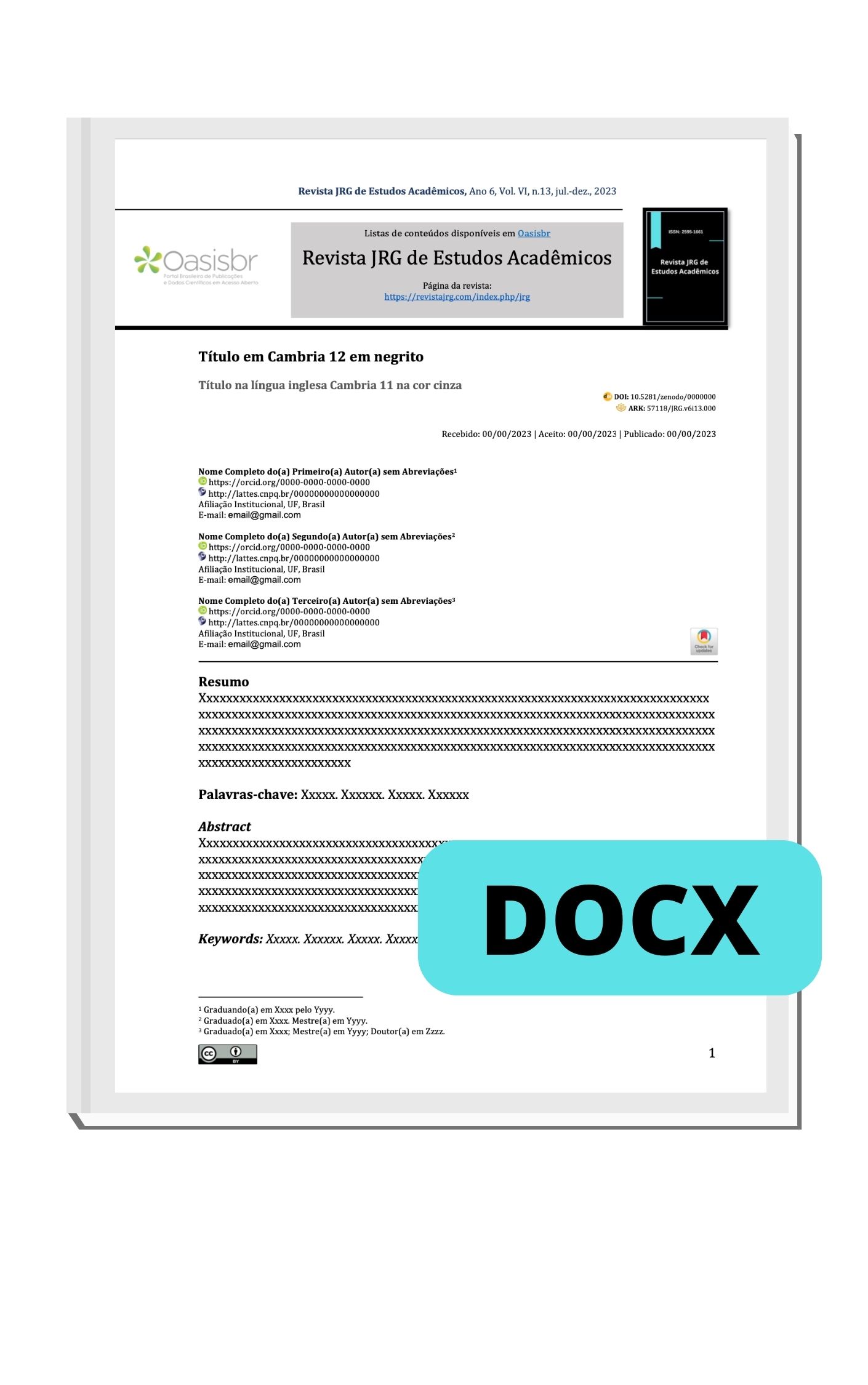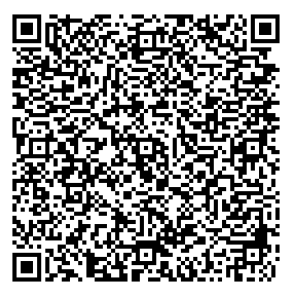Development of mobile application for clinical evaluation and multiprofessional therapeutic conduct of patients with COVID-19
DOI:
https://doi.org/10.55892/jrg.v7i14.1197Keywords:
COVID-19, Protocol, Mobile apps, ValidationAbstract
Objective: research was to develop and evaluate the usability of a mobile application aimed at the initial care of suspected or confirmed COVID-19 patients, based on global protocols. Methods: Methodological study of mobile application development, following the phases of communication, planning, modeling, construction and availability. The content was based on the theoretical framework of Brazilian Ministry of Health and the World Health Organization. Results: The BAURU COVID application has 21 screens from which the professional selects the options according to the information given by the patient and, at the end, receives the diagnosis and the appropriate conduct to be instituted for that case. In the validation phase of the application, 38 health professionals, doctors and nurses had access to the application for free and evaluated its usability, presenting the total value of the averages of all scores of 77.30 points, above the average considered by the SUS, which is 68. Conclusions: It is concluded that the BAURU COVID application was positively evaluated by professionals, and presents good usability, with a high probability of acceptance, contributing to the qualification of assistance, and minimizing risks to the user.
Downloads
References
ABD, E. W. et al. SARS-CoV-2 transmission channels: a review of the literature. MEDICC Review, v. 22, n. 4, p. 51-69, out. 2020. DOI: 10.37757/MR2020.
WORLD HEALTH ORGANIZATION. Covid-19 Dashboard. Disponível em: https://covid19.who.int/. Acesso em: 14 fev. 2024.
ADAMIDI, E. S.; MITSIS, K.; NIKITA, K. S. Artificial intelligence in clinical care amidst COVID-19 pandemic: a systematic review. Computational and Structural Biotechnology Journal, v. 19, p. 2833-2850, 2021. Disponível em: https://doi.org/10.1016/j.csbj.2021.05.010. Acesso em: 7 jun. 2024.
DALL'ALBA, R.; ROCHA, C. F.; SILVEIRA, R. P.; DRESCH, L. S. C.; VIEIRA, L. A.; GERMANO, M. A. COVID-19 in Brazil: far beyond biopolitics. The Lancet, v. 397, n. 10273, p. 579-580, 2021. Disponível em: https://doi.org/10.1016/S0140-6736(21)00202-6. Acesso em: 7 jun. 2024.
CASTRO, M. C.; CARVALHO, R. C.; CHIN, T.; KAHN, R.; FRANÇA, G. V. A.; EDUARDO, M. M.; et al. Demand for hospitalization services for COVID-19 patients in Brazil. medRxiv, p. 662, 2020. Disponível em: https://doi.org/10.1101/2020.03.30.20047662. Acesso em: 7 jun. 2024.
GRISOTTI, M. Pandemia de covid-19: agenda de pesquisas em contextos de incertezas e contribuições das ciências sociais. Physis, v. 30, n. 2, e300202, 2020. Disponível em: https://doi.org/10.1590/S0103-73312020300202. Acesso em: 7 jun. 2024.
PATEL, K. P.; VUNNAM, S. R.; PATEL, P. A.; KRILL, K. L.; KORBITZ, P. M.; PARKER, M.; et al. Transmission of SARS-CoV-2: an update of current literature. European Journal of Clinical Microbiology & Infectious Diseases, v. 39, n. 11, p. 2005-2011, nov. 2020. DOI: 10.1007/s10096-020-03961-1.
COLLADO-BORRELL, Roberto; ESCUDERO-VILAPLANA, Vicente; VILLANUEVA-BUENO, Cristina; HERRANZ-ALONSO, Ana; SANJURJO-SAEZ, Maria. Features and functionalities of smartphone apps related to COVID-19: systematic search in app stores and content analysis. Journal of Medical Internet Research, v. 22, n. 8, e20334, 2020.
TARRICONE, Rosanna; PETRACCA, Francesco; CIANI, Oriana; CUCCINIELLO, Maria. Distinguishing features in the assessment of mHealth apps. Expert Review of Pharmacoeconomics & Outcomes Research, p. 1-6, 2021. Disponível em: https://doi.org/10.1080/14737167.2021.1891883. Acesso em: 7 jun. 2024.
MORGADO, M. do V.; AMES, R. F. M.; BARROS, L. J. Aplicativos móveis na medicina: um estudo das tecnologias e sua relevância no processo de aprendizagem do aluno. Revista Teoria e Práticas Educacionais - RTPE, v. 25, n. 1, p. 10-15, 2019.
TIMMERS, T.; JANSSEN, L.; STOHR, J.; MURK, J. L.; BERREVOETS, M. A. H. Using eHealth to support COVID-19 education, self-assessment, and symptom monitoring in the Netherlands: observational study. JMIR mHealth and uHealth, v. 8, n. 6, e19822, 2020.
ZAMBERG, I.; MANZANO, S.; POSFAY-BARBE, K.; WINDISCH, O.; AGORITSAS, T.; SCHIFFER, E. A mobile health platform to disseminate validated institutional measurements during the COVID-19 outbreak: utilization-focused evaluation study. JMIR Public Health and Surveillance, v. 6, n. 2, e18668, 14 abr. 2020.
KONKYLAKIS, H.; KATEHAKIS, D. G.; KOUROUBALI, A.; LOGOTHETIDIS, F.; TRIANTAFYLLIDIS, A.; KALAMARAS, I.; VOTIS, K.; TZOVARAS, D. COVID-19 mobile apps: a systematic review of the literature. Journal of Medical Internet Research, v. 22, n. 12, e23170, 2020.
POLIT, D. F.; BECK, C. T. Fundamentos de pesquisa em enfermagem: avaliação de evidências para a prática da enfermagem. 9. ed. Porto Alegre: Artmed, 2018.
PRESSMAN, R. S.; MAXIM, B. R. Engenharia de software: uma abordagem profissional. 8. ed. São Paulo: AMGH, 2016.
PREECE, J.; ROGERS, Y.; SHARP, H. Interaction design: beyond human-computer interaction. New York: John Wiley & Sons, 2002.
BROOKE, J. SUS: a quick and dirty usability scale. 1996. In: JORDAN, P. W.; THOMAS, B.; WEERDMEESTER, B. A.; McCLELLAND, I. L., eds. Usability evaluation in industry. London: Taylor & Francis, 1996. p. 189-194.
TENÓRIO, J. M.; COHRS, F. M.; SDEPANIAN, V. L.; PISA, I. T.; MARIN, H. F. Desenvolvimento e avaliação de um protocolo eletrônico para atendimento e monitoramento do paciente com doença celíaca. Revista de Informática Teórica e Aplicada, v. 17, n. 2, p. 210-220, 2010.
KORTUM, P. T.; BANGOR, A. Usability ratings for everyday products measured with the System Usability Scale. International Journal of Human-Computer Interaction, v. 29, n. 2, p. 67-76, 2013.
ANDRADE, L. P. Avaliação da usabilidade de um sistema de informação em saúde neonatal, através da percepção do usuário, utilizando a ferramenta System Usability Scale [dissertação] [Internet]. São Paulo: Universidade Federal de São Paulo, 2017 [citado em 13 mar. 2022]. Disponível em: https://repositorio.unifesp.br/xmlui/handle/11600/50782.
BANGOR, A.; KORTUM, P.; MILLER, J. Determining what individual SUS scores mean: adding an adjective rating scale. Journal of Usability Studies, v. 4, n. 3, p. 114-123, 2009 [citado em 20 fev. 2022]. Disponível em: https://uxpajournal.org/wp-content/uploads/sites/7/pdf/JUS_Bangor_May2009.pdf.
NIELSEN, J. Usability engineering. San Francisco: Morgan Kaufmann, 1994.
ORGANIZAÇÃO PAN-AMERICANA DA SAÚDE – OPAS. Considerações para quarentena dos contatos de casos de COVID-19. Orientação provisória de 25 de junho de 2021 [Internet]. Brasília: OPAS, 2020 [citado em 19 fev. 2022]. Disponível em: https://iris.paho.org/handle/10665.2/54448.
ORGANIZAÇÃO MUNDIAL DA SAÚDE - OMS. Guias laboratoriais: recursos de informação relacionados ao novo coronavírus [Internet]. Brasília: OMS, 2020 [citado em 20 fev. 2022]. Disponível em: https://opascovid.campusvirtualsp.org/covid19/guias-laboratoriais.
ORGANIZAÇÃO MUNDIAL DA SAÚDE - OMS. Medicamentos para prevenir o COVID-19: uma diretriz de vida da OMS [Internet]. Brasília: OMS, 2022 [citado em 19 fev. 2022]. Disponível em: https://www.who.int/publications/i/item/WHO-2019-nCoV-therapeutics-2022.1.
ORGANIZAÇÃO MUNDIAL DA SAÚDE - OMS. Terapêutica e COVID-19 [Internet]. Brasília: OMS, 2022 [citado em 19 fev. 2022]. Disponível em: https://www.who.int/publications/i/item/WHO-2019-nCoV-therapeutics-2022.1.
WORLD HEALTH ORGANIZATION - WHO. Public health surveillance for COVID-19: interim guidance [Internet]. Geneva: WHO, 2022 [citado em 28 fev. 2022]. Disponível em: https://www.who.int/publications/i/item/WHO-2019-nCoV-SurveillanceGuidance-2022.1.
BRASIL. Ministério da Saúde. Orientações sobre otimização do uso de oxigênio e suporte ventilatório em pacientes graves com Covid-19 [Internet]. Brasília: Ministério da Saúde, 2021 [citado em 13 mar. 2022]. Disponível em: https://www.gov.br/saude/pt-br/coronavirus/publicacoestecnicas/recomendacoes/orientacoes-sobre-otimizacao-do-uso-de-oxigenio-e-suporte-ventilatorio-em-pacientes-graves-com-covid-19/view.
WERNECK, M. A. F.; FARIA, H. P.; CAMPOS, K. F. C. Protocolos de cuidado à saúde e de organização do serviço [Internet]. Belo Horizonte: Núcleo de Educação em Saúde Coletiva, Universidade Federal de Minas Gerais, 2009 [citado em 12 set. 2016]. Disponível em: https://www.nescon.medicina.ufmg.br/biblioteca/imagem/1750.pdf.
MANCHIKANTI, L.; SINGH, V.; HELM, S. 2nd; TRESCOT, A. M.; HIRSCH, J. A. A critical appraisal of 2007 American College of Occupational and Environmental Medicine (ACOEM) practice guidelines for interventional pain management: an independent review utilizing AGREE, AMA, IOM, and other criteria. Pain Physician, v. 11, n. 3, p. 291-310, 2008.
MARCELO, C. A. S.; COUTINHO, M. A. P.; LARA, C. R.; PARAIZO, C. M. S. P.; FAVA, S. M. C. L. Aplicativos móveis sobre diabetes mellitus - revisão narrativa. Journal of Health Informatics, v. 12, n. 2, p. 64-67, 2020




